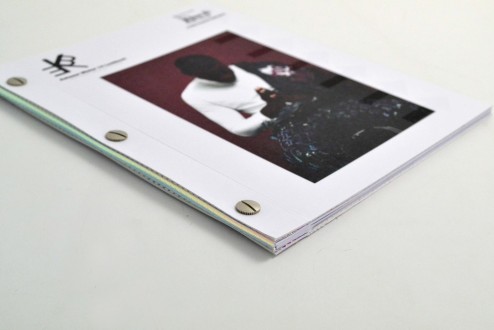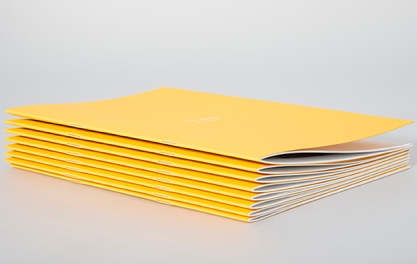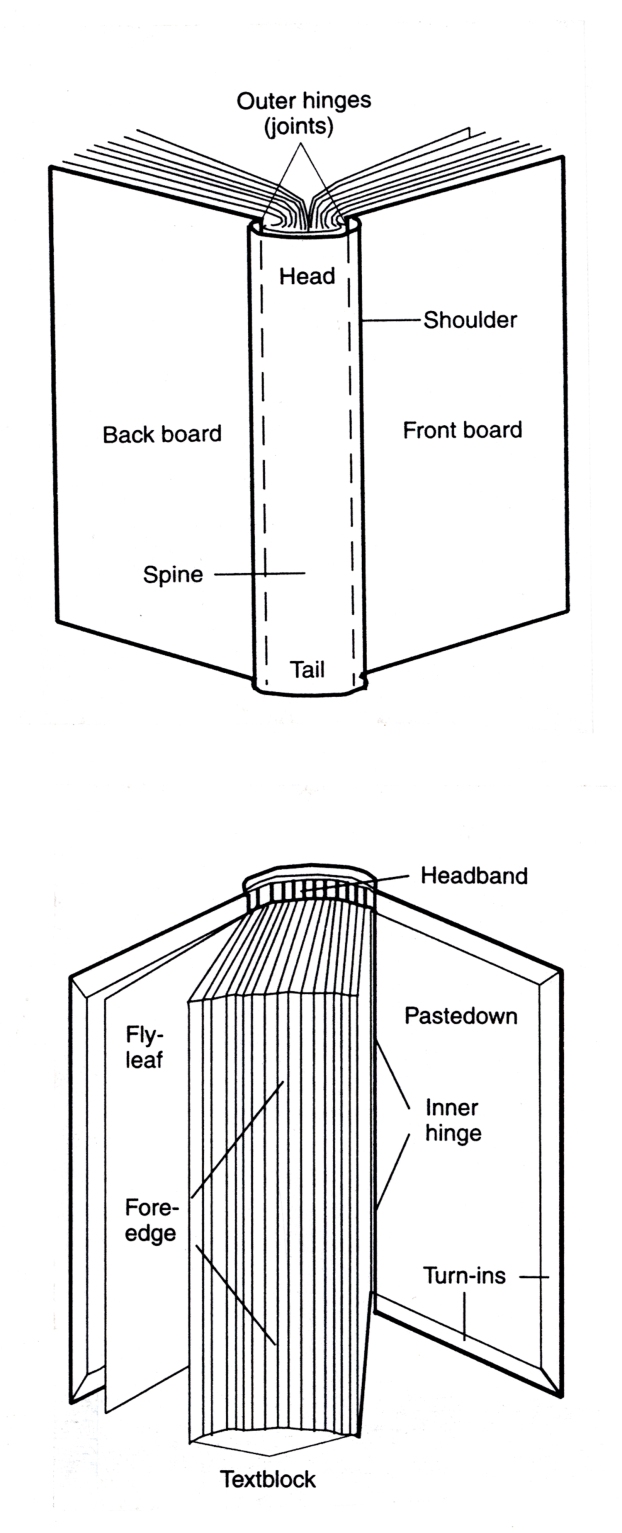The way in which the book is bounded is a very important part of the making process because I want to ensure that the right technique is used to best show off the book. For example, I don’t want to be using a spinal binding method if I want the pages to sit flush next to each other. I decided even though we have had one or two bookbinding tutorials that I need to do some more research on book binding techniques to ensure that I am aware of the different kinds but most importantly I choose the correct one for my book.
There are a variety of book binding methods, but I have selected several which I think I may use or that I could possibly use for a project in the future If not this one.
Perfect Binding

This is traditionally used for books that we all read fiction or biographies etc. This is the binding method that is and has been used for the book I am designing for Robinson Crusoe. This is a very useful technique to use when you have a large number of pages so they all stay together well, and the method generally looks very neat. However, you are unable to have pages flat next to one another because of the bind so depending on how I display certain sections of the pages or folds this might not be ideal. Although this is a very aesthetically pleasing bind and traditionally what reading books use.
Section Sewn

This is a very secure method by binding pages together into sections and then the sections are sewn in together along the spine. No matter how many pages you include you will be able to lay your pages flat. This is a very time-consuming method of binding and takes a lot of care and precision however when finished it is an excellent way to bind your book. I really like how the number of pages doesn’t matter but the book pages can still lay flat.
Pamphlet Binding

This method uses a running stitch down the middle from the spine and is a preferred method to saddle stitching sometimes because it is a more aesthetically pleasing finish. It is often used for brochures and even some photographic books as the pages can lay flat and it is very aesthetically pleasing overall.
Screw-Post Binding

This is a great choice for books that you want to customise later on for example portfolios because you can take out and put in pages whenever you want. The pages are simply screwed in-between two covers tightly. This would also work great when showing off photos because you can always add more pages but also play around with the order of the book.
Saddle-stitching

This is normally the first kind of binding method you learn as a child because it is the easiest to do and also the cheapest. Pages are simply folded and then stapled together to create a book. This is often used for booklets and magazines with a smaller page count however I also think that it is not the most professional looking and could ruin the book. Also, because of the page count this will probably not be a wise choice and the binding method will have to be a lot more sophisticated and professional to hold all the pages correctly.
I also decided to look at the anatomy of a book so that I am more aware of the correct terminology of sections of the book because while researching the different types of binding methods there was a range of words that I had not heard before or was unsure of what they stood for.

References:
http://www.barbaradoyen.com/book-publishing/anatomy-of-a-book-the-contents